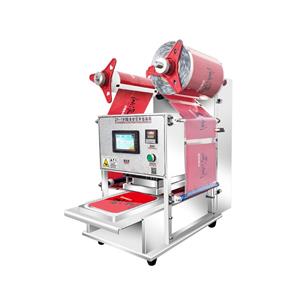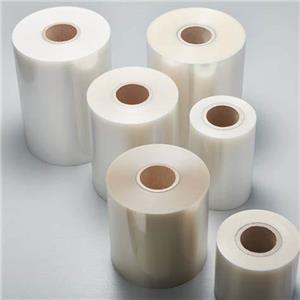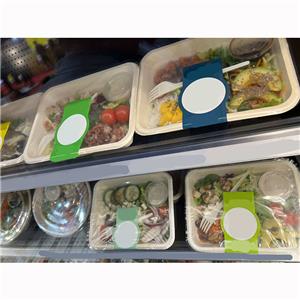Australia Begins a New Wave of Plastic Bans: The Iconic Soy Sauce “Fish” Gets Reborn in Compostable Bagasse
A groundbreaking molded-pulp soy sauce capsule made from sugarcane waste signals a new chapter in sustainable food packaging.
The Ocean Protection Movement Is Moving to the Dinner Table
On 1 September 2025, South Australia will implement a world-first ban targeting one of the most recognizable pieces of single-use plastic: the tiny fish-shaped soy sauce bottle used in sushi take-away. Anything 30 ml or smaller will be outlawed statewide.
This miniature bottle—designed in Osaka in the 1950s and loved around the world for its drip-proof tip and playful look—has become an environmental threat. Too small to recycle and frequently washed into waterways, it is now linked to serious harm to marine life.
In response, designers in Australia have introduced “Holy Carp,” a molded-pulp soy sauce capsule made entirely from sugarcane bagasse. This innovation aims not only to replace the plastic classic, but to redefine what sustainable convenience looks like.
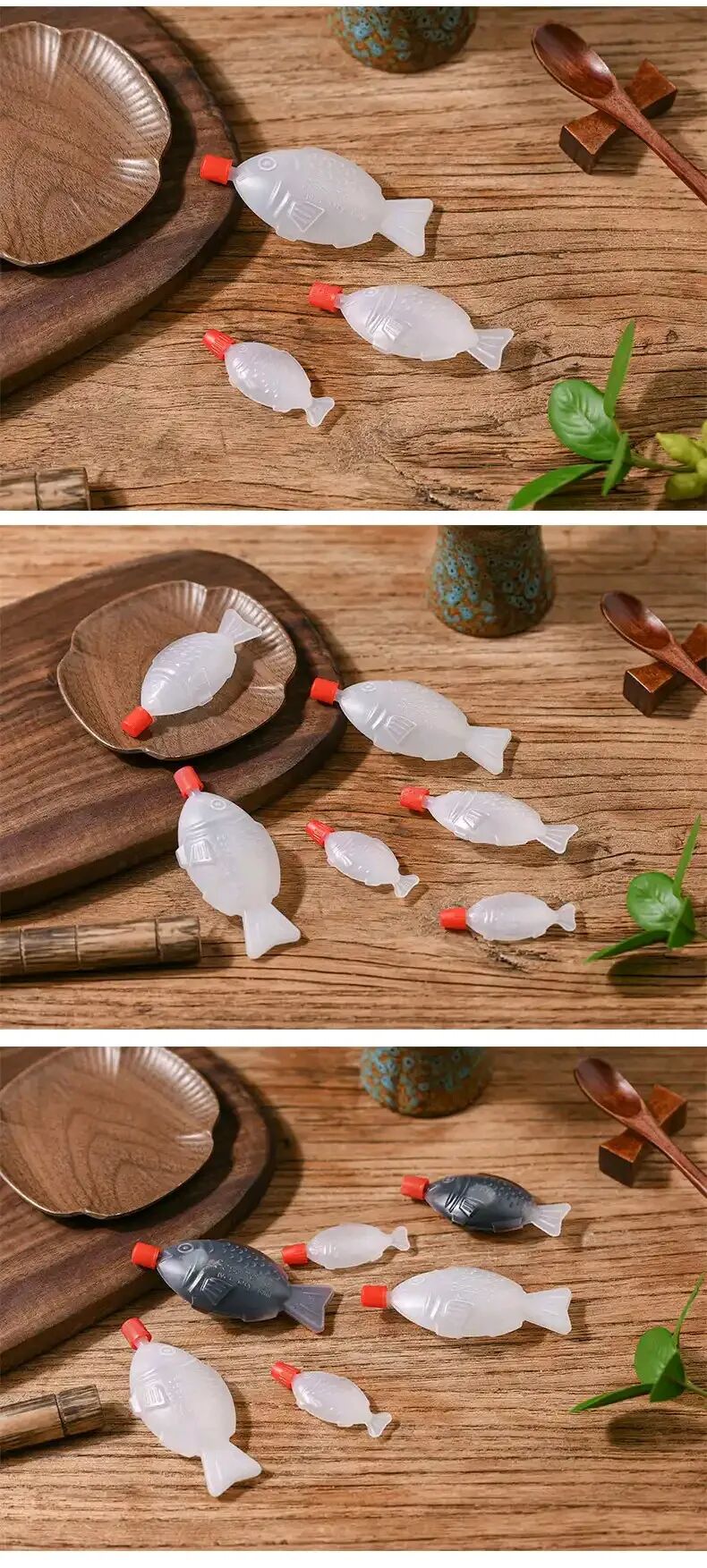
Why the Tiny Plastic Fish Became a Big Environmental Problem
The downfall of the beloved soy sauce fish comes from a simple reality: its design never accounted for environmental risk.
Although polyethylene is technically recyclable, 2–3 cm bottles are nearly impossible to sort in recycling facilities.
Many end up in landfills or flow into storm drains and eventually the ocean.
According to environmental officials in South Australia, these tiny bottles are “used for seconds but remain for centuries.”
In 2024 alone, Australia recorded over 12,000 dead or distressed marine animals linked to ingesting small plastic fragments. With global plastic packaging waste projected to double by 2040, sushi-takeaway accessories have become a surprisingly large contributor—with over 1 billion soy sauce fish used globally each year.
How Bagasse Technology Is Creating a New Sustainable Path
The Holy Carp project demonstrates how plant-based fibers can outcompete plastic in both performance and environmental impact.


1. Truly Circular, Low-Impact Material
Sugarcane bagasse—an agricultural by-product—reduces carbon emissions and supports waste-to-resource manufacturing.
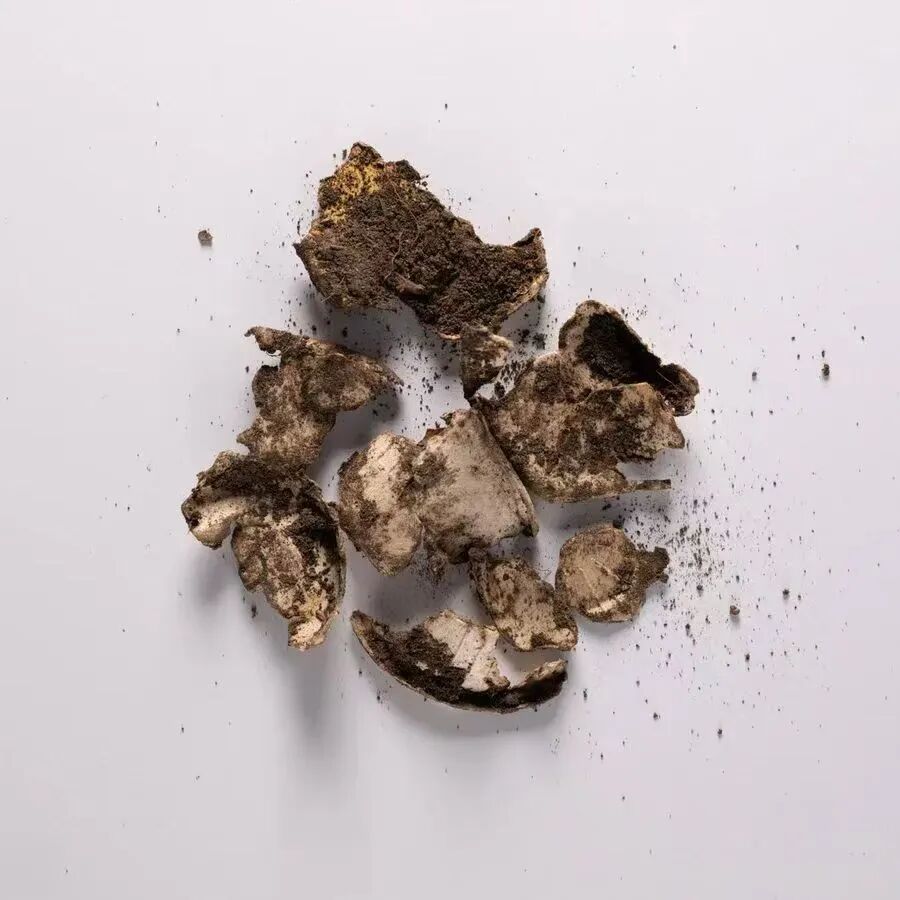
Decomposes naturally in 3–6 weeks
Certified compostable under EU EN 13432
Breaks down safely even in home composting conditions
Avoids microplastic pollution entirely
By contrast, traditional plastic soy sauce bottles can require up to 450 years to break down.
2. Upgraded Performance for Modern Food Service
Using nano-cellulose reinforcement, the molded pulp capsule provides:
Food-safe oil- and water-resistance
Leakage prevention improved by 30% due to patented contour design
Stable soy sauce storage for up to 48 hours
Larger capacity (6–12 ml), reducing the number of units needed
3. Cost Reduction and Scalable Manufacturing
Thanks to advances in molded-pulp engineering:
Bagasse raw material costs are only 20% of plastic
Energy consumption per ton is reduced by 40% with direct-wet forming lines
Mass production may bring pricing close to—eventually equal to—standard plastic accessories
From a Simple Alternative to a Packaging Revolution
Holy Carp is part of a broader shift in how the global packaging industry operates.
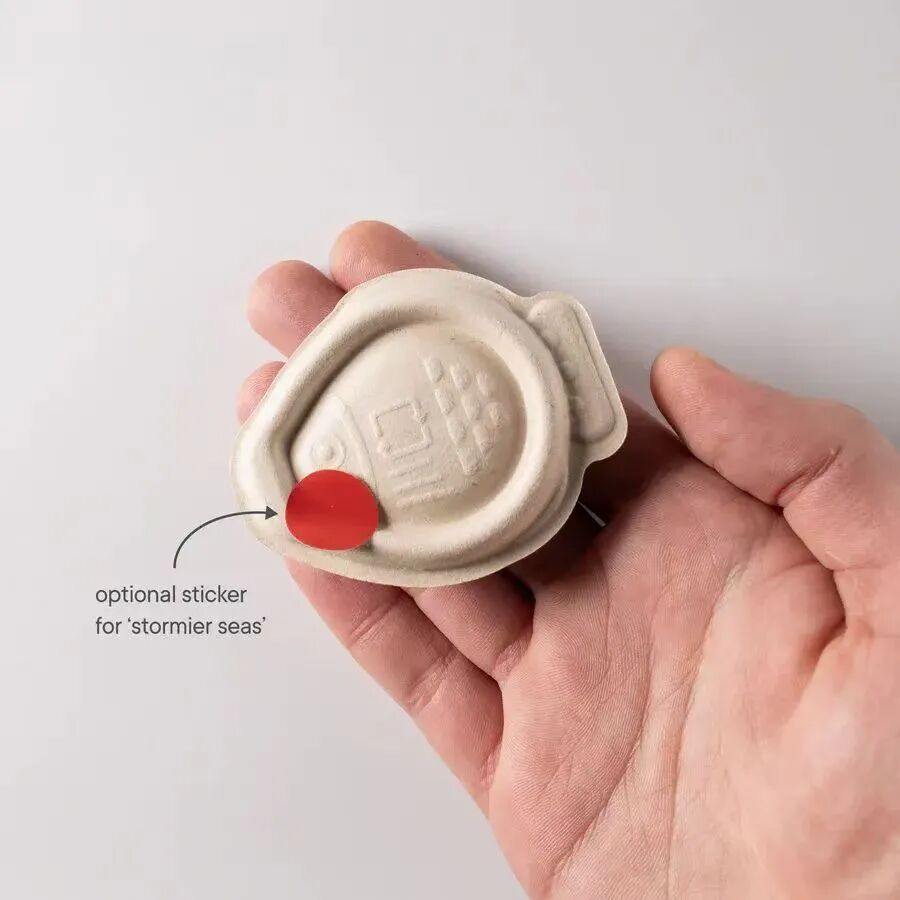
1. Material Innovation Reshapes Supply Chains
Large-scale pulp molding is giving agricultural waste a new economic life.
A single facility in Guangdong, China can process tens of thousands of tons of bagasse, replacing what would otherwise be burned.
Emerging advancements—like biodegradable coatings and smart recycling systems—are accelerating full life-cycle sustainability.
2. Global Plastic Policies Accelerate Adoption
More than 140 countries have adopted plastic-reduction laws.
South Australia’s ban is one of the strictest, but similar regulations are emerging in France, Dubai, and major Asian markets.
China’s own targets for 2025 require a 30% reduction in non-degradable takeaway packaging in major cities—opening billion-dollar opportunities for sustainable alternatives.
3. Changing Consumer Values
A 2024 Nielsen report notes:
85% of consumers prefer sustainable packaging
Gen Z sees compostability as a decisive purchase factor
High-end dining is also adopting sustainable accessories: even restaurants linked to sushi master Jiro Ono have tested molded-pulp sauce capsules.
What the Future Sustainable Table Looks Like
The transition away from the plastic soy sauce fish is symbolic of a much bigger transformation.Advanced packaging: Bamboo-fiber vacuum-seal systems (VSP) can extend fresh food shelf life to 7 days.
Next-generation compostables: Dutch-designed compostable coffee capsules now offer 365-day oxygen protection.
Circular systems: Innovations in fiber-recovery mean molded pulp products can be recycled into high-value composite materials.
As the South Australian government put it:
“The goal isn’t simply banning one product—it’s building a truly sustainable value chain.”
Replacing plastic with plant-based alternatives is not merely a materials shift; it represents a cultural reset in how people relate to the environment.
When consumers pick up a Holy Carp soy sauce capsule, they’re not just holding molded pulp—they’re holding a commitment to cleaner oceans and a more responsible dining future.
FAQs About the Holy Carp Molded-Pulp Soy Sauce Capsule
1. What is Holy Carp made from?
It is produced from 100% sugarcane bagasse, a renewable by-product of the sugar industry.
2. Is it fully compostable?
Yes. Holy Carp complies with EN 13432 standards and decomposes naturally within 3–6 weeks—even in home composting conditions.
3. How long can it store soy sauce?
It can safely hold soy sauce for up to 48 hours, though designers recommend using it within 24 hours for best flavor.
4. When will it be commercially available?
Mass production is expected around early 2026, depending on tooling and certification timelines.
5. Will it cost more than plastic?
Initial prices may be higher, but large-scale manufacturing is expected to bring costs close to traditional plastic sauce cups.

